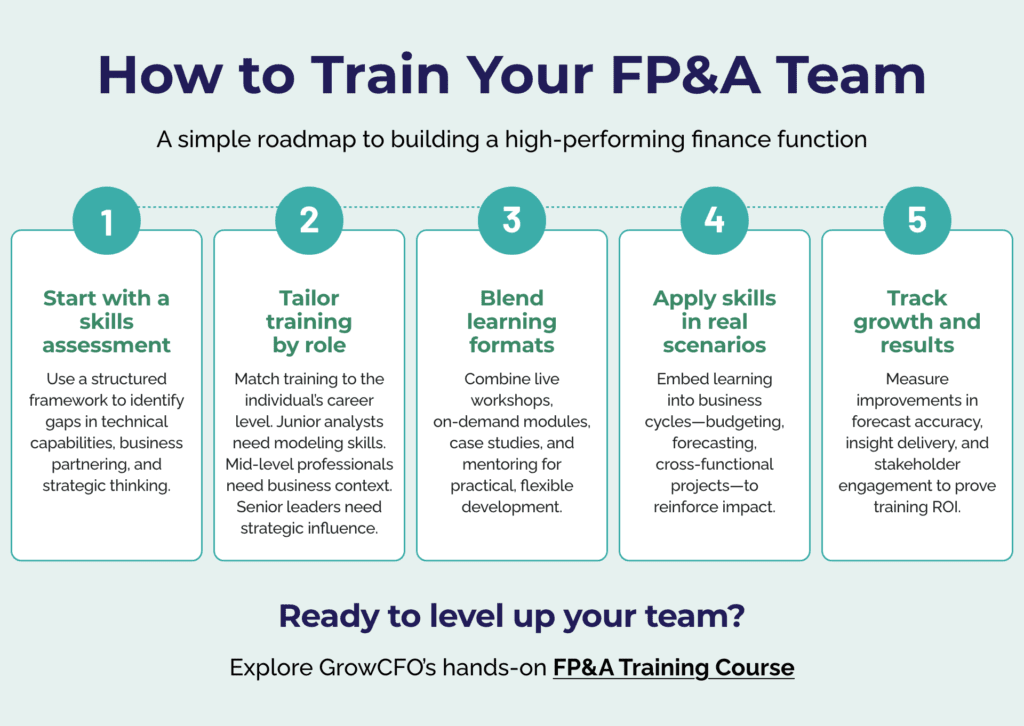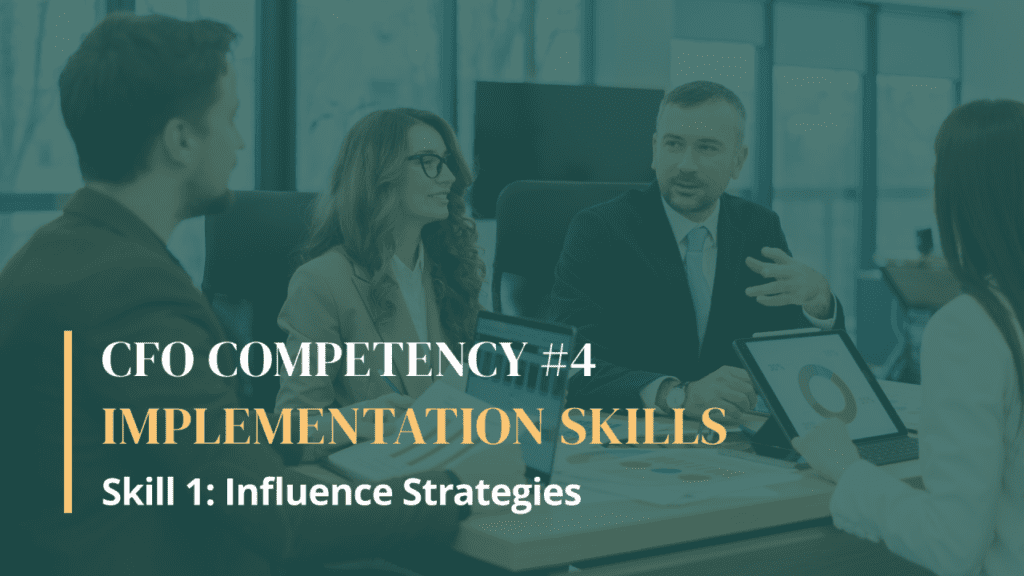How to Train My FP&A Team

What’s the most effective way to deliver FP&A training that transforms your team?
Effective FP&A training equips your team with both technical mastery and strategic insight. By investing in targeted upskilling, real-world application, and ongoing development, you’ll transform your FP&A team into proactive business partners who drive smarter decisions and long-term value.
Why is FP&A training essential for high-performing finance teams?
Finance teams today are expected to go beyond number-crunching. They’re responsible for delivering insights, supporting agility, and influencing strategy. But without structured fp&a training, even the most talented analysts can fall into reactive, spreadsheet-heavy work. Training builds the capabilities needed to shift from operational to strategic — improving accuracy, communication, and cross-functional collaboration. It’s the difference between a team that reports the past and one that shapes the future.

What core competencies should FP&A training develop?
According to top-performing finance leaders, the best FP&A training sharpens both hard and soft skills. Core competencies include:
- Forecasting and budgeting agility
- Financial modeling and scenario planning
- Data visualization and storytelling
- Stakeholder communication
- Commercial awareness and strategic alignment
- Proficiency in modern tools like Power BI, SQL, and automation platforms
Training should also cover soft skills like influence, adaptability, and decision-making under uncertainty. These are what turn technically strong teams into trusted advisors.
How do I know where to start with FP&A training?
Start by assessing your team’s current capability level using GrowCFO’s Financial Planning & Analysis Competency Framework. This tool helps you identify skill gaps across technical areas, strategic thinking, business partnering, and leadership. It also gives you a clear roadmap to move from foundational to advanced capability.

What’s the best way to structure FP&A training for different levels?
One-size-fits-all training won’t deliver results. Junior analysts benefit from hands-on technical training: Excel modeling, budgeting best practices, and forecasting mechanics. Mid-level professionals need to step into business partnering roles — learning to communicate insights, challenge assumptions, and support business unit decisions. Senior FP&A leaders require development in strategic influence, FP&A training to each role’s growth trajectory while aligning everyone around a common language of value creation.
What formats work best for effective FP&A training?
The most effective FP&A training blends multiple formats:
- Live cohort-based workshops for discussion, peer learning, and practical application
- On-demand modules that offer flexibility and reinforce concepts
- Real-life business case studies and scenario simulations
- Mentorship, coaching, and leadership shadowing
- Cross-functional collaboration exercises to embed skills in context
This blended approach ensures that training sticks and translates into real-world performance improvement.
How do I measure whether FP&A training is working?
To prove ROI on your FP&A training, track both skill growth and business impact. Consider KPIs like:
- Forecast accuracy improvements
- Budget cycle time reduction
- Speed to insight delivery
- Stakeholder satisfaction
- Team progression within the competency framework
You should also run regular retrospectives or “after-action reviews” after each major planning cycle to gather feedback, identify development needs, and adjust your training roadmap.
What mistakes should I avoid when designing FP&A training?
Many teams fall into the trap of focusing only on tools. While systems training is useful, true capability comes from critical thinking, communication, and business impact. Other mistakes include:
- Training without a long-term learning culture
- Skipping team-level diagnostics before starting
- Overloading teams with too much theory
- Failing to measure progress or celebrate wins
FP&A training should be an integrated part of your team’s development — not an annual tick-box exercise.
How can GrowCFO support your FP&A training goals?
GrowCFO’s FP&A Competency Framework is designed to help CFOs and FP&A leaders pinpoint exactly where their teams stand — and how to elevate them. It’s not about generic training. It’s about building future-ready finance functions.
Whether your team needs to improve forecasting, elevate business partnering, or step up into strategic leadership, GrowCFO’s practical, hands-on FP&A Training Course delivers the skills, frameworks, and confidence to lead with impact.
Invest in training that transforms, not just informs.
Explore the FP&A Training Course.





Responses